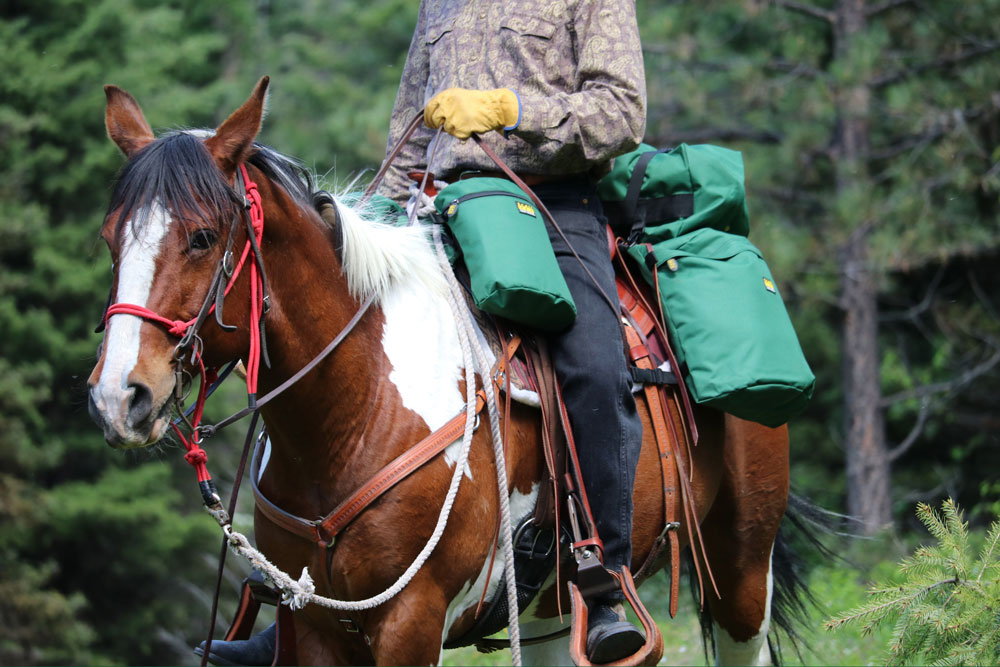The world of equestrian sports is fascinating and diverse. One of the crucial elements in ensuring a successful ride, especially in jumping events, is the jumping saddle. But what is a jumping saddle, and why is it considered such a vital part of the sport? In this article, we will delve into the intricacies of the jumping saddle, its importance, design, and how it differs from other types of saddles.

The Basics of a Jumping Saddle
A jumping saddle is a type of saddle specifically designed for show jumping events. These saddles allow for greater freedom of movement while maintaining the rider’s balance and control. They have a flatter seat compared to other saddles, which enables the rider to easily adopt different positions necessary for jumping.

Why Use a Jumping Saddle?
Jumping saddles are used to provide the rider with the ability to move freely and stay balanced while jumping. The main benefits include:
- Allowing greater freedom of movement for the rider.
- Providing stability and balance during jumps.
- Ensuring a secure fit to prevent slipping.
- Minimizing the risk of injury for both the rider and horse.

The Design of a Jumping Saddle
Jumping saddles are designed with specific features to aid the rider in jumping events. Some of these features include:
- Flatter seat: To allow the rider to easily shift positions.
- Forward-cut flaps: To accommodate the shorter stirrups used in jumping.
- Knee and thigh blocks: To provide additional support and security.

How to Choose the Right Jumping Saddle
Choosing the right jumping saddle involves considering several factors such as the rider’s experience level, the type of jumping events, and the horse’s build. It’s crucial to ensure a proper fit for both the rider and the horse to maximize performance and safety.
Understanding Saddle Fit
A well-fitted saddle is essential for the comfort and performance of both the horse and the rider. To understand more about fitting a saddle, you might find this guide on how to fit a saddle helpful.
Maintenance and Care
Proper maintenance and care can extend the life of your jumping saddle. Regular cleaning and conditioning are necessary to keep the leather supple and prevent cracks. You can check out these tips on cleaning a saddle for more detailed information.
Adjusting and Customizing
Jumping saddles can be adjusted and customized to better suit the rider’s preferences and the horse’s needs. To learn more about saddle adjustments, this article on bending a saddle might be useful.
Common Mistakes to Avoid
When it comes to using a jumping saddle, there are common mistakes that riders should avoid, such as:
- Not properly fitting the saddle to the horse.
- Using a worn-out saddle.
- Neglecting regular maintenance.
- Choosing the wrong type of saddle for the rider’s experience level.
Comparing Jumping Saddles to Other Saddles
Jumping saddles have unique features that set them apart from other types of saddles like dressage saddles and all-purpose saddles.
Jumping vs. Dressage Saddles
While dressage saddles are designed for flatwork and have deeper seats and longer flaps, jumping saddles have a more forward flap to allow the rider to shorten the stirrups and assume a jumping position.
Jumping vs. All-Purpose Saddles
All-purpose saddles are designed to do a bit of everything but lack the specialized features that a jumping saddle provides, making them less ideal for serious jumping competitions.
Price and Investment
Investing in a quality jumping saddle can be expensive, but it is worth the cost considering the benefits in terms of performance, safety, and longevity. It is recommended to consult with a professional to ensure you make the right choice.
FAQs
1. What is the main purpose of a jumping saddle?
The primary purpose of a jumping saddle is to offer the rider freedom of movement, balance, and stability during jumping events.
2. Can you use a jumping saddle for dressage?
While it is possible to use a jumping saddle for dressage, it is not recommended as it lacks the specific features needed for dressage work.
3. How often should you maintain a jumping saddle?
Regular maintenance is crucial. It’s advisable to clean and condition the saddle after each ride and have it professionally checked periodically.
As an Amazon Associate, I earn from qualifying purchases.